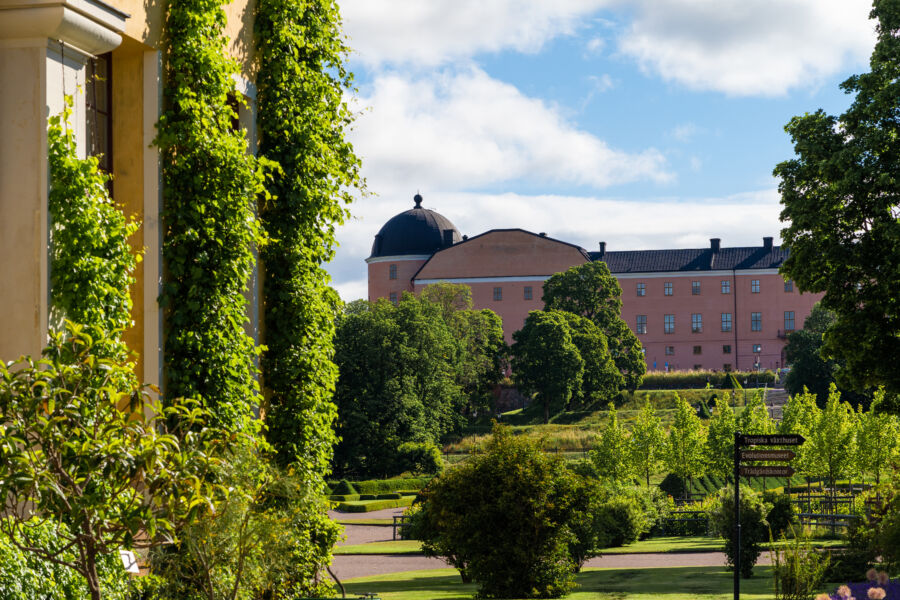Even though we are three centuries too late, you can still see, meet and talk to a Carl Linnaeus of flesh and blood in Uppsala. If you visit for example the Linnaeus garden, you might be so lucky to receive a guided tour from a stylish Linné, dressed accordingly to the highest fashion of the 18th century, credibly played by Uppsala legend Hand Odöö. You can also visit the Linneaus Museum where you can step right into the 18th century and the home of Carl Linnaeus.
Besides being Sweden’s oldest botanical garden, the Linnaeus garden is known for having been founded by scientist Olof Rudbeck the Elder. During that time, it served as the academical garden of Uppsala University, where plants used for medical care and research constituted most of the sprouting collection. The garden was later passed over to Carl Linnaeus, who had other opinions on which plants where supposed to grow there and which were not. Today, the garden’s lush life is restricted to the plants that the father of taxonomy himself used to cultivate. And yes, they are organized on accordance to the classification system.
If your stomachs starts to rumble, you’ll find Café Linné, or actually two of them, just next door to the Linnaeus garden. Located on two corners at the crossroads between Svartbäcksgatan and, of course, Linnégatan, are two classical Uppsala cafeterias serving light lunches and tons of fika.



